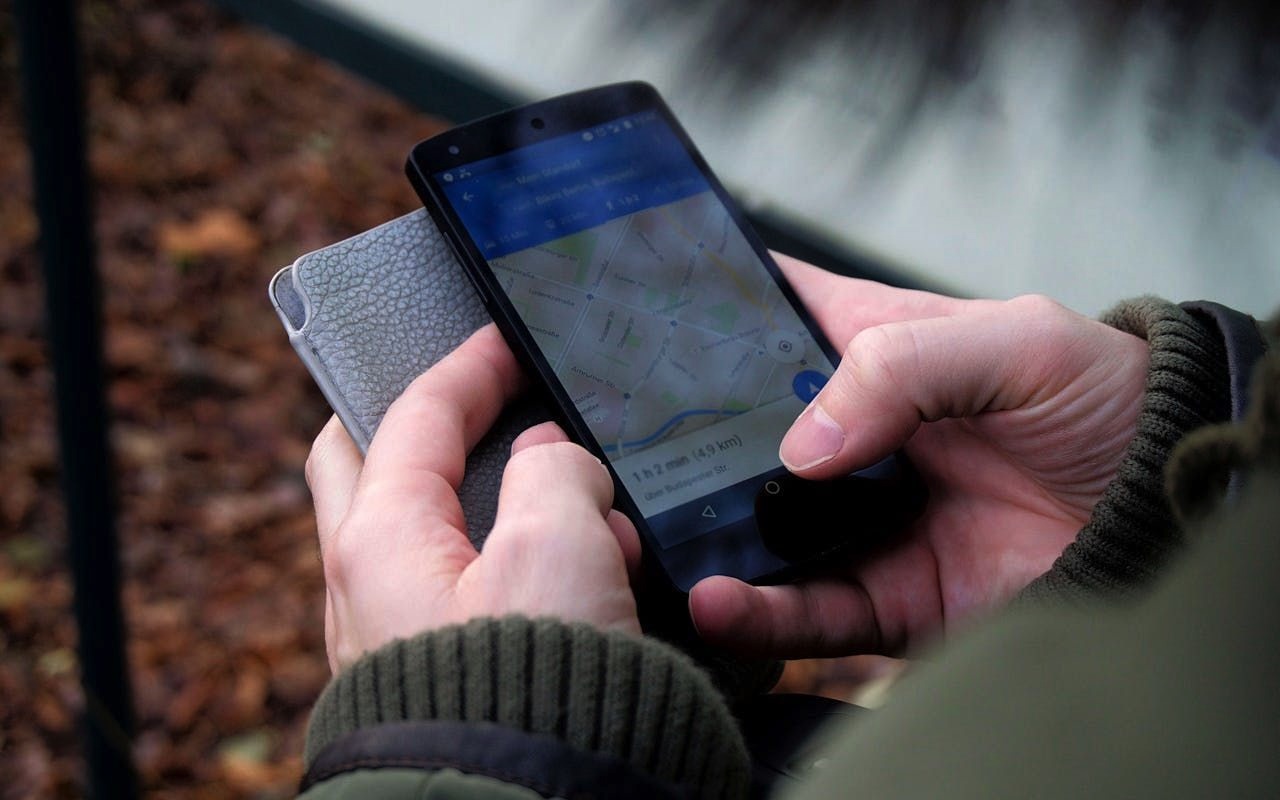
Ever tapped that little "Find My Location" button on your phone and wondered what invisible technologies spring into action? Behind that simple interface lies a complex ecosystem of geolocation APIs and positioning technologies working in concert to pinpoint your exact coordinates on Earth.
The Foundations of Digital Location Finding
Geolocation APIs serve as the crucial bridge between your device and the vast positioning infrastructure that blankets our planet. These Application Programming Interfaces allow developers to integrate location-based services into apps and websites without reinventing complex positioning algorithms.
When you request your current location through a service like WhereAmINow.info, multiple technologies collaborate to deliver those coordinates with remarkable precision.
GPS: The Orbital Positioning System
The Global Positioning System forms the backbone of most outdoor location services. This network of 24+ satellites continuously broadcasts precise time signals. Your device receives these signals from multiple satellites simultaneously, calculates the time differences between them, and uses trilateration to determine your position.
What makes GPS impressive is its global coverage and accuracy—often within 3-5 meters in optimal conditions. However, GPS has limitations: signals can be blocked by buildings, tunnels, and dense foliage, and the initial location acquisition (cold start) can take 30+ seconds.
Wi-Fi Positioning: Urban Location Finding
In urban environments, Wi-Fi positioning often provides faster and more reliable indoor location data than GPS alone. This method works by:
- Scanning nearby Wi-Fi access points
- Recording their MAC addresses and signal strengths
- Comparing this information against massive databases of geo-tagged Wi-Fi networks
Companies maintain these databases by conducting "wardriving"—systematically mapping Wi-Fi networks to physical locations. When your device detects familiar networks, it can quickly approximate your position even without GPS connectivity.
Cell Tower Triangulation: The Backup System
When both GPS and Wi-Fi positioning fail, cell tower triangulation provides a fallback option. By measuring signal strengths from multiple cell towers, your device can estimate distance from each tower and calculate an approximate position.
This method offers less precision (typically 50-300 meters) but works almost anywhere with cellular coverage.
How Geolocation APIs Orchestrate These Technologies
Geolocation APIs perform the crucial task of determining which positioning method to use based on your environment and available sensors. The HTML5 Geolocation API, for instance, follows a decision tree:
- Request permission from the user
- Attempt high-accuracy methods first (GPS)
- Fall back to faster methods if high-accuracy fails (Wi-Fi, cellular)
- Return coordinates with accuracy metrics
- Continue monitoring location if requested
For developers, these APIs abstract away complexity through simple function calls like navigator.geolocation.getCurrentPosition() that handle all the underlying technology switches.
The Invisible Handshakes Between Services
When you press "Find My Location" on services like Location Checker, a series of near-instantaneous transactions occurs:
- Your device requests location permission
- The browser or app invokes the native geolocation API
- Your device activates necessary sensors
- Collected data transmits to positioning servers
- Algorithms process raw signals into coordinates
- Final position returns to your application
This entire process typically completes in seconds, masking the extraordinary computational complexity happening behind the scenes.
Beyond Simple Coordinates: Enhanced Location Services
Modern geolocation APIs deliver far more than latitude and longitude. Additional data points include:
- Altitude measurement
- Direction of travel (heading)
- Speed calculations
- Accuracy estimates
- Address lookup (reverse geocoding)
- Points of interest nearby
These enriched location services power features from navigation to local business discovery, augmented reality experiences, and fitness tracking.
Privacy Implications of Location Finding
The convenience of location services comes with privacy considerations. Each positioning method involves different privacy trade-offs:
- GPS is relatively private (signals are one-way from satellites)
- Wi-Fi positioning requires sharing network information
- IP-based geolocation potentially exposes browsing habits
- Persistent location tracking creates detailed movement profiles
Most geolocation APIs now require explicit user permission before accessing location data, giving users control over their digital footprint.
The Future of Location Finding Technologies
Geolocation technology continues advancing rapidly. Emerging trends include:
- Ultra-wideband positioning for centimeter-level accuracy
- Fusion of visual positioning systems with traditional methods
- Machine learning algorithms that predict location needs
- Offline positioning capabilities for remote areas
- Reduced power consumption for continuous tracking
These innovations will enable more precise and context-aware applications while potentially addressing current limitations.
Conclusion
From satellites orbiting above to Wi-Fi networks humming in your home, the technologies that power geolocation are both invisible and incredibly sophisticated. What seems like a simple Find My Location request is actually the result of a complex dance between GPS, Wi-Fi, cellular signals, and intelligent APIs working in harmony.
Understanding how geolocation APIs work helps users make informed decisions about location sharing while appreciating the remarkable technology at work each time they tap "Find My Location."
Share this post
Leave a comment
All comments are moderated. Spammy and bot submitted comments are deleted. Please submit the comments that are helpful to others, and we'll approve your comments. A comment that includes outbound link will only be approved if the content is relevant to the topic, and has some value to our readers.



Comments (0)
No comment